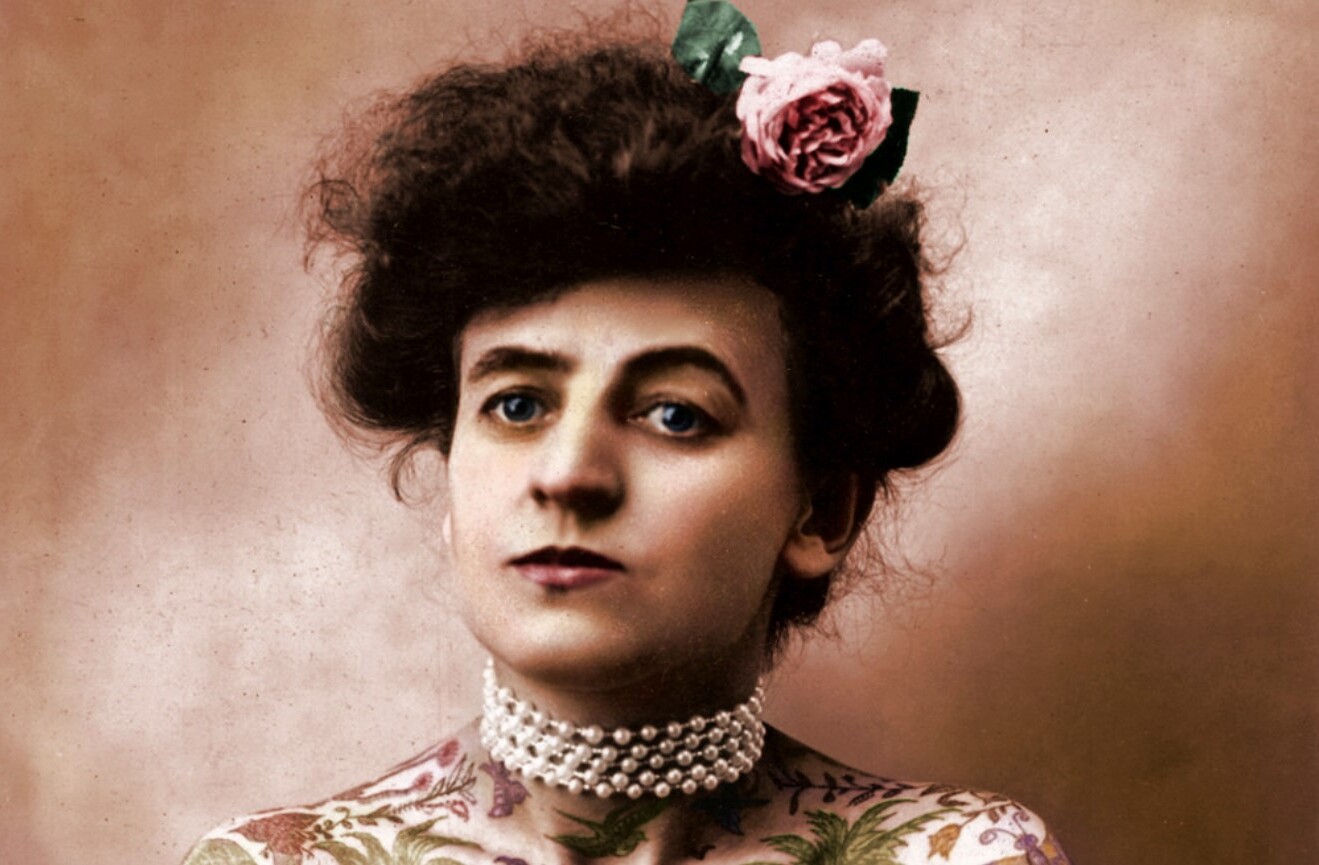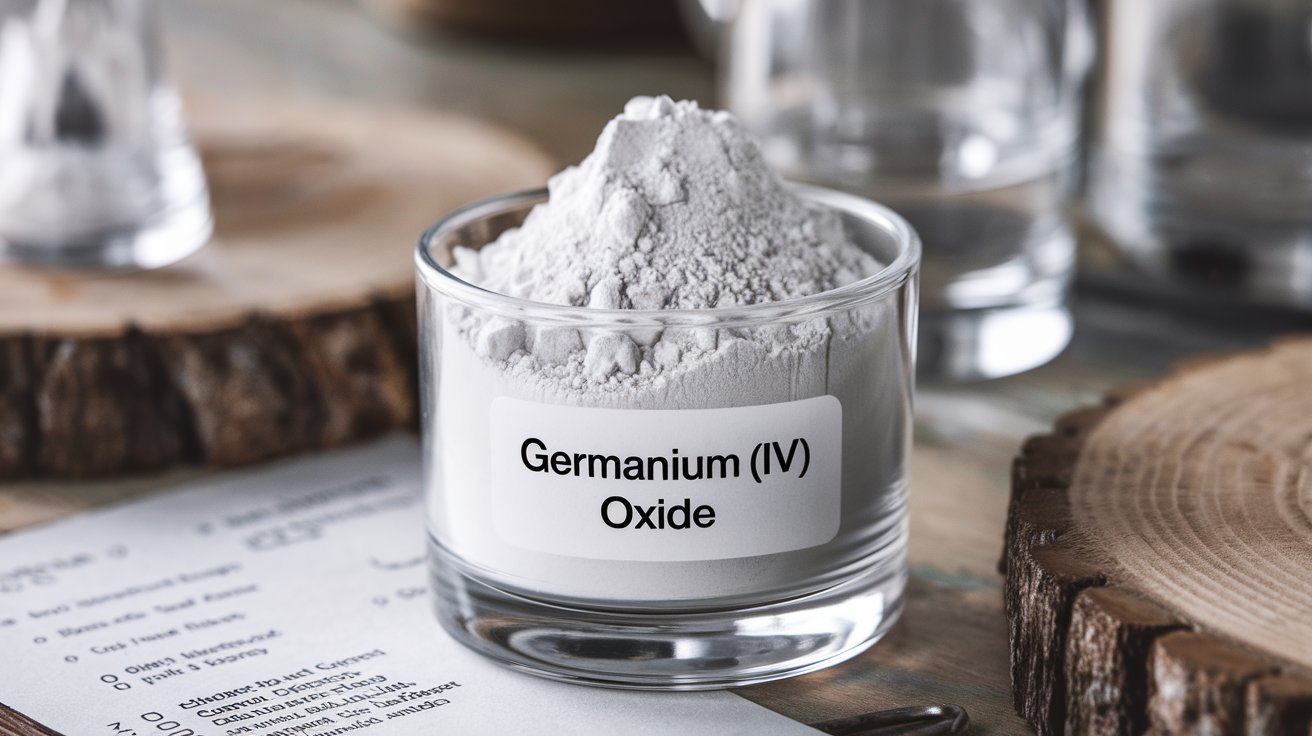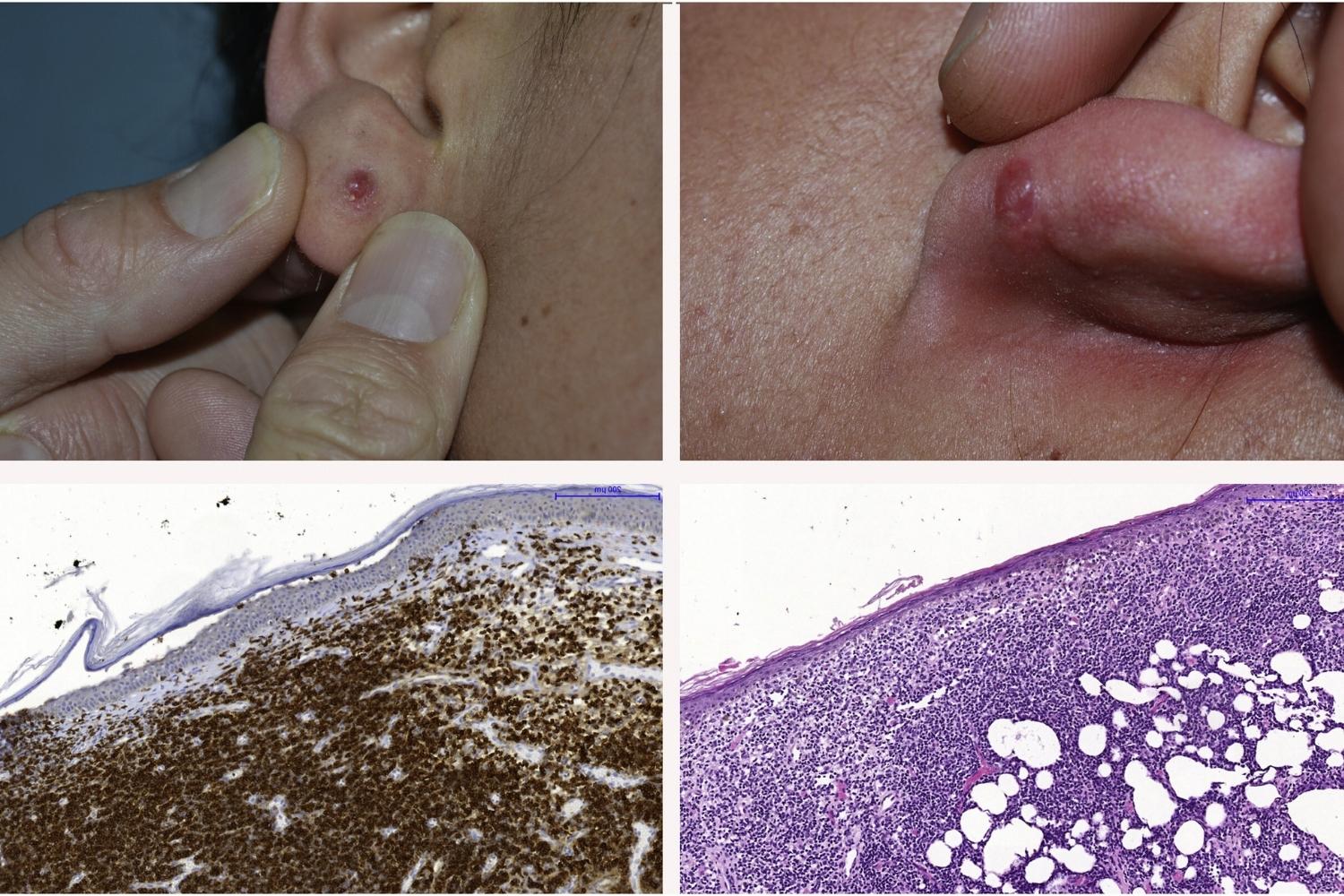
Who was Maud Wagner? Maud Wagner was a trailblazer in the world of tattoo artistry. Born in 1877, she became the first known female tattoo artist in the United States. Before picking up the tattoo needle, Maud worked as a circus performer, where she met her future husband, Gus Wagner, a tattoo artist himself. Intrigued by his craft, Maud traded a date for a tattoo lesson, sparking her lifelong passion. She learned the art of hand-poked tattoos, a method she continued to use throughout her career. Maud's unique style and determination broke barriers, paving the way for future generations of female tattoo artists.
Key Takeaways:
- Maud Wagner was the first known female tattoo artist in the United States, breaking gender barriers and paving the way for future generations of female tattoo artists. Her traditional hand-poked technique and colorful designs continue to inspire modern tattooing.
- Maud Wagner's legacy as a trailblazer in the tattoo industry is celebrated through various honors, tattoo conventions, and events. Her enduring impact and dedication to her craft have left an indelible mark on the industry, ensuring her place in history.
Who Was Maud Wagner?
Maud Wagner was a trailblazer in the world of tattooing. She broke barriers and left a lasting legacy. Here are some fascinating facts about her life and career.
-
Born in 1877, Maud Stevens Wagner hailed from Lyon County, Kansas.
-
Before becoming a tattoo artist, she worked as a circus performer, specializing in acrobatics and contortion.
-
Maud met her future husband, Gus Wagner, at the 1904 St. Louis World's Fair. He was a tattoo artist and sailor.
-
Gus taught Maud the art of tattooing in exchange for a date, leading to her becoming the first known female tattoo artist in the United States.
-
Maud and Gus traveled across the country, performing in circuses and sideshows while tattooing clients.
Maud Wagner's Tattooing Career
Maud's career as a tattoo artist was groundbreaking. She paved the way for future generations of female tattoo artists.
-
She was known for her traditional "hand-poked" tattooing method, which didn't use electric machines.
-
Maud's tattoos often featured intricate designs, including animals, flowers, and patriotic symbols.
-
She tattooed both men and women, which was unusual for the time.
-
Maud's work was highly respected, and she gained a loyal following of clients.
-
She often tattooed herself, showcasing her skills and dedication to the craft.
Maud Wagner's Personal Life
Maud's personal life was as colorful as her career. Her family and relationships played a significant role in her journey.
-
Maud and Gus had a daughter named Lovetta, who also became a tattoo artist.
-
The Wagner family lived a nomadic lifestyle, traveling with circuses and sideshows.
-
Despite the challenges of their unconventional life, Maud and Gus remained devoted to each other and their craft.
-
Maud was known for her strong personality and determination, which helped her succeed in a male-dominated industry.
-
She was a loving mother who supported Lovetta's interest in tattooing.
Maud Wagner's Legacy
Maud Wagner's impact on the tattoo industry is still felt today. Her contributions helped shape the art form and inspire future artists.
-
She is remembered as a pioneer who broke gender barriers in tattooing.
-
Maud's work helped popularize tattooing in America during the early 20th century.
-
Her traditional tattooing techniques are still admired and practiced by artists today.
-
Maud's life and career have been the subject of numerous articles, books, and documentaries.
-
She is celebrated as a feminist icon who challenged societal norms and expectations.
Interesting Facts About Maud Wagner
Here are some lesser-known facts about Maud Wagner that highlight her unique personality and contributions to tattooing.
-
Maud was known for her elaborate and colorful tattoos, which covered much of her body.
-
She often collaborated with Gus on large tattoo projects, combining their skills and creativity.
-
Maud's tattoos were featured in various exhibitions and fairs, showcasing her talent to a wider audience.
-
She was a mentor to many aspiring tattoo artists, sharing her knowledge and experience.
-
Maud's tattoos were often inspired by her travels and experiences in the circus.
Maud Wagner's Influence on Modern Tattooing
Maud Wagner's influence extends beyond her lifetime. Her contributions continue to inspire and shape the tattoo industry.
-
Many modern tattoo artists cite Maud as an inspiration for their work.
-
Her traditional hand-poked technique has seen a resurgence in popularity among contemporary tattooists.
-
Maud's dedication to her craft set a high standard for professionalism and artistry in tattooing.
-
She helped pave the way for more women to enter the tattoo industry and pursue their passion.
-
Maud's legacy is honored through various tattoo conventions and events that celebrate her contributions.
Maud Wagner's Recognition and Honors
Maud Wagner's achievements have been recognized and celebrated in various ways. Her legacy continues to be honored by the tattoo community.
-
She has been inducted into several tattoo halls of fame for her contributions to the industry.
-
Maud's life and work have been featured in numerous tattoo history books and documentaries.
-
Her tattoos are considered valuable pieces of art, with some collectors seeking out her original designs.
-
Maud's influence is evident in the work of many contemporary female tattoo artists who follow in her footsteps.
-
She is remembered as a trailblazer who helped shape the modern tattoo industry.
Maud Wagner's Enduring Impact
Maud Wagner's impact on tattooing is undeniable. Her legacy continues to inspire and influence artists around the world.
-
Her story has been shared in various media, including films, books, and articles.
-
Maud's tattoos are studied and admired by tattoo enthusiasts and historians alike.
-
Her pioneering spirit and dedication to her craft serve as a source of inspiration for many.
-
Maud Wagner's contributions to tattooing have left an indelible mark on the industry, ensuring her place in history.
Maud Wagner's Legacy
Maud Wagner left a lasting impact on the world of tattoo artistry. As the first known female tattoo artist in the United States, she broke barriers and paved the way for future generations. Her bold decision to embrace tattooing at a time when it was largely male-dominated speaks volumes about her courage and determination. Maud's intricate designs and unique style continue to inspire tattoo artists today. Her story reminds us that passion and perseverance can lead to groundbreaking achievements. By challenging societal norms, Maud Wagner not only made her mark in the tattoo industry but also in history. Her legacy lives on through the countless artists who follow in her footsteps, proving that creativity knows no bounds. Maud Wagner's life and work remain a testament to the power of individuality and the importance of following one's passion.
Frequently Asked Questions
Was this page helpful?
Our commitment to delivering trustworthy and engaging content is at the heart of what we do. Each fact on our site is contributed by real users like you, bringing a wealth of diverse insights and information. To ensure the highest standards of accuracy and reliability, our dedicated editors meticulously review each submission. This process guarantees that the facts we share are not only fascinating but also credible. Trust in our commitment to quality and authenticity as you explore and learn with us.


